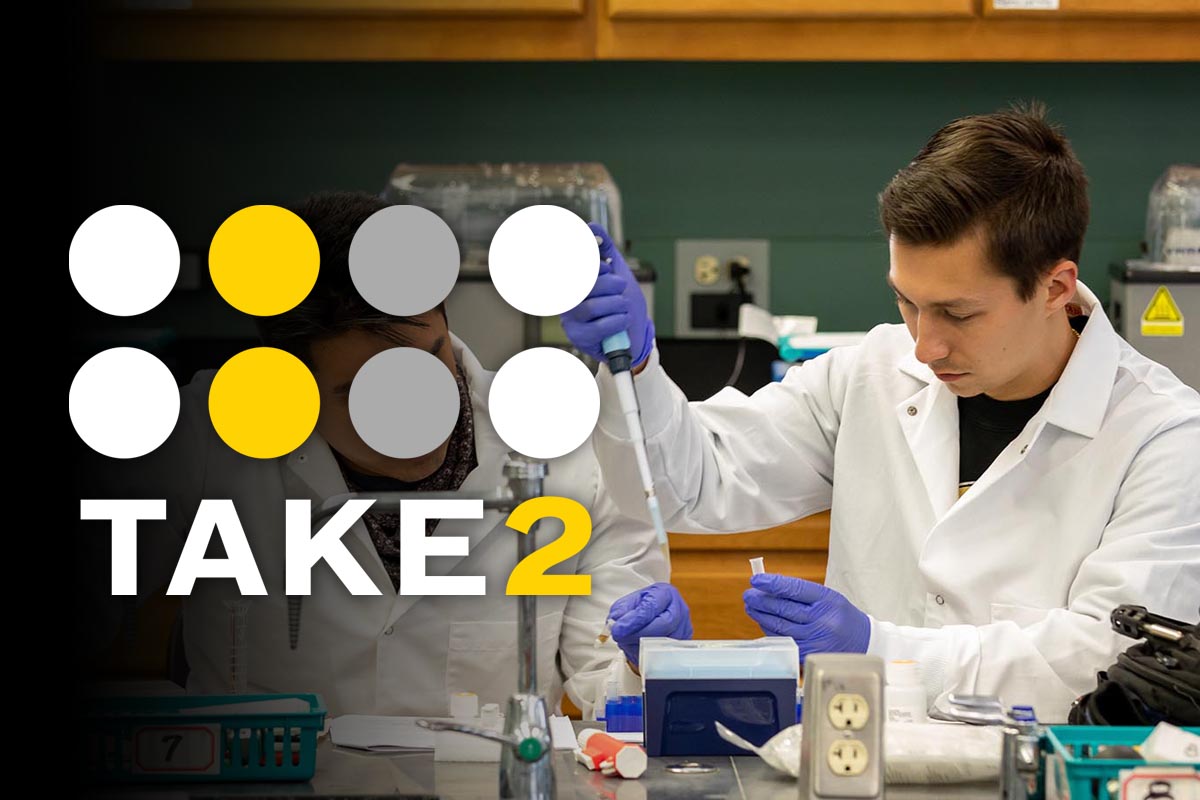Educational equity and grace are guiding principles for chief engagement & belonging officer
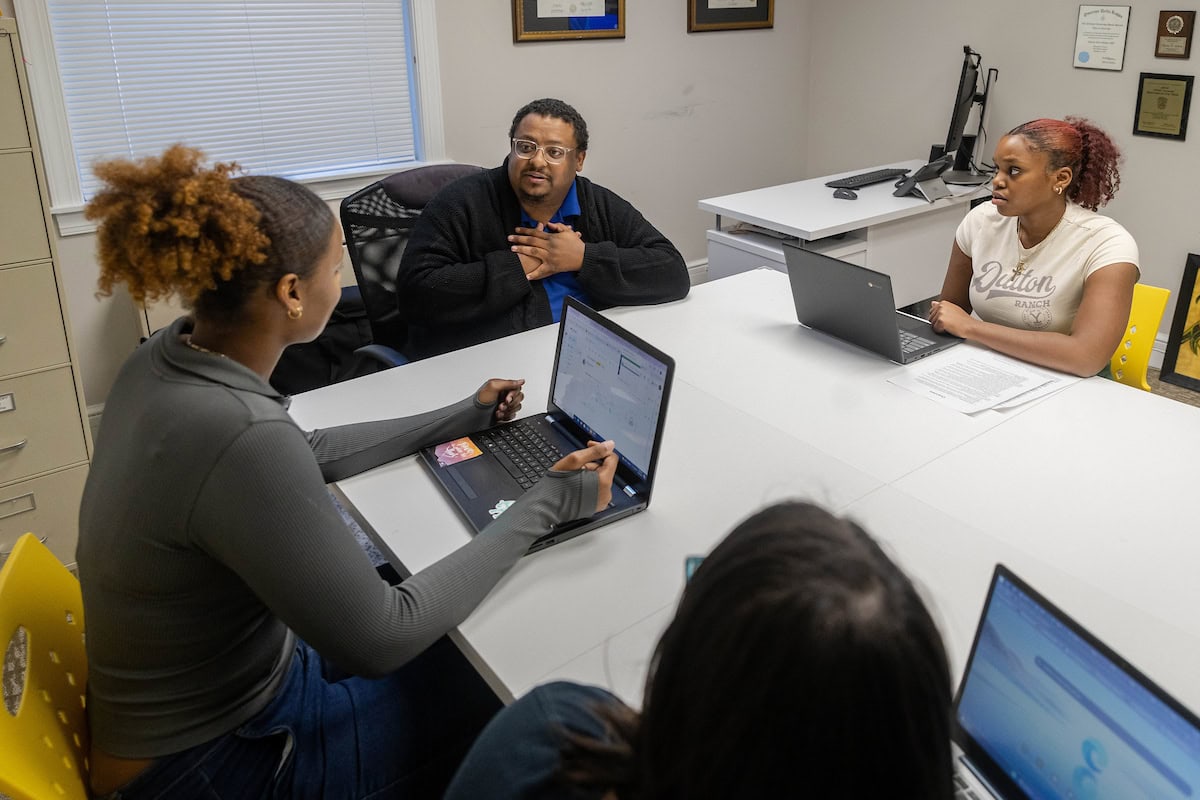
Chief Engagement and Belonging Officer Charles E. Gibson III created a fellows programs for students and rebranded his office to better reflect the function it serves on campus.
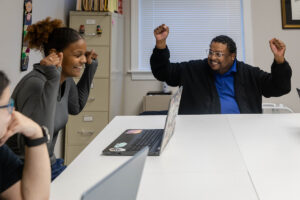
Nafi Thiam ’25 is one of the inaugural Eugenia Livings Welburn ’95 Fellows.
Charles E. Gibson III grew up in a multicultural family rich with diverse traditions—a background that provides the foundation for the work he does every day as Randolph’s chief engagement and belonging officer and director of the Intercultural Center.
“A lot of the skills I have developed over the years, I’ve inadvertently done just to interact with my family and get to know them better,” said Gibson, whose father is African American and mother is Mexican-American. “I had to get skilled navigating through different cultures, but I never imagined I would call on those skills professionally like I do now.”
Since arriving on campus last spring, Gibson has embraced life within the Red Brick Wall. He’s a familiar face at campus events, showing his support at award ceremonies, lectures, admissions events, and more.
This fall, his office has already hosted several of its own events, including a Spiritual Life Fair featuring local faith leaders and a town hall on belief co-hosted with Presidential Fellow Suzanne Bessenger.
“We are so fortunate to have Charles here at Randolph,” said President Sue Ott Rowlands. “His vision for an equitable and inclusive campus aligns with our values and principles. We appreciate him very much.”
Gibson has implemented some changes within his office, rebranding it the Intercultural Center to better reflect the function it serves on campus.
“With this new name, we are honing in on the College’s commitment to creating opportunities and spaces for people from different perspectives to interact,” Gibson said. “It’s about facilitating those interactions.”
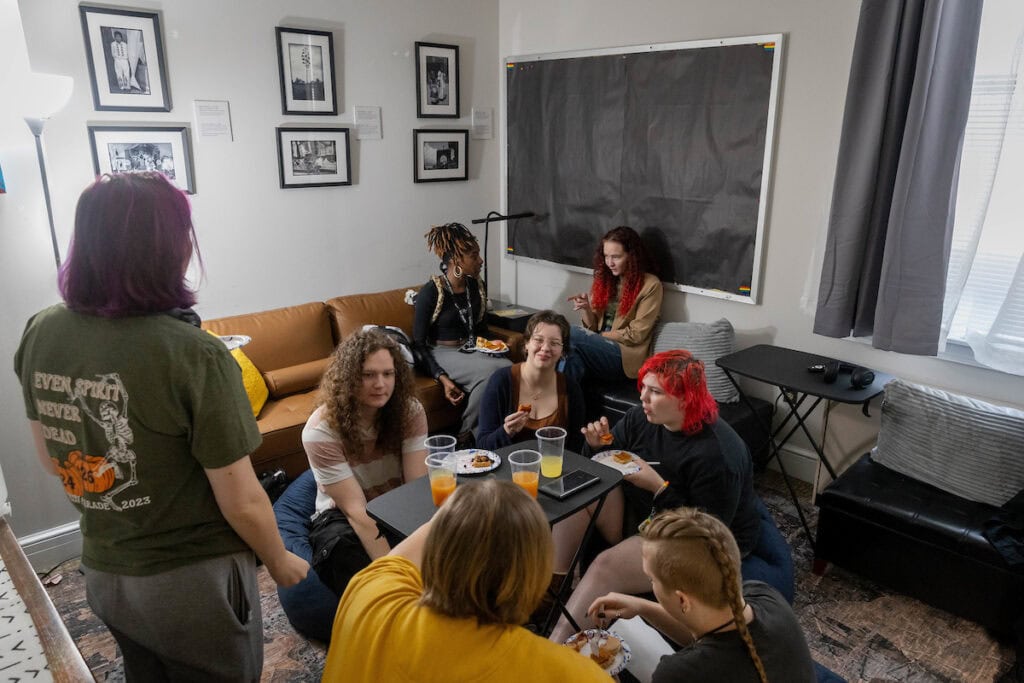
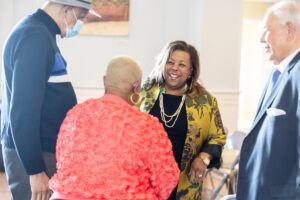
Hermina W. Hendricks attended an event for the Intercultural Center space named in her honor this fall.
A new addition to the Intercultural Center—the Hermina W. Hendricks Gathering Place, named after the College’s first director of multicultural student services—was created with that in mind.
Gibson envisions the space as a welcoming environment for students to hold club meetings, gather with friends, or simply relax in a safe, comfortable setting. He has also been hosting monthly gatherings there to foster connection and dialogue among students.
Senior Nafi Thiam ’25 and her friends have been frequent visitors this fall.
“With the door open and the new welcoming lounge,” she said, “it’s now becoming my hangout spot.”
Thiam has also been in the office more often thanks to another of Gibson’s initiatives. She is one of two inaugural fellows for the new Genia Livings Welburn ’95 Fellows Program, named in honor of an alumna and trustee who has supported the office over the years.
Two students will be selected to serve as fellows each year, receiving a stipend to assist with the Intercultural Center’s programming and events.
“I was born in Sénégal and have always been fascinated about other cultures,” said Thiam, a global studies major. “Growing up, I loved learning about new cultures, whether it was through food, clothing or music. I want the Intercultural Center to be a safe space for everyone.”
For Gibson, the desire to provide that safe space can be traced back to his own undergraduate years at Wake Forest University when a conversation with the school’s chief diversity officer changed his perspective.
“She asked if I’d considered going into higher education,” said Gibson, who graduated with a bachelor’s degree in music and a minor in English. “Then, my senior year, she advocated for me in a way that left an indelible impression. It was really powerful. I wanted to do that for other people.”
Twenty years later, Gibson still has a letter she wrote on his behalf.
“Whenever I have high points or low points in the job, I pull that letter out, and it takes me back,” he said. “It reminds me, ‘This is why you’re doing this.’”
Gibson earned his Master of Arts and Education Specialist degrees in higher education from Appalachian State University. He also received a Master of Education degree in higher education from Penn State, where he worked in the Office of Graduate Educational Equity Programs for five years. He is currently pursuing his doctor of education, also at Appalachian State.
He went into consulting work before returning to higher education as Lees-McRae College’s inaugural chief diversity officer in 2021.
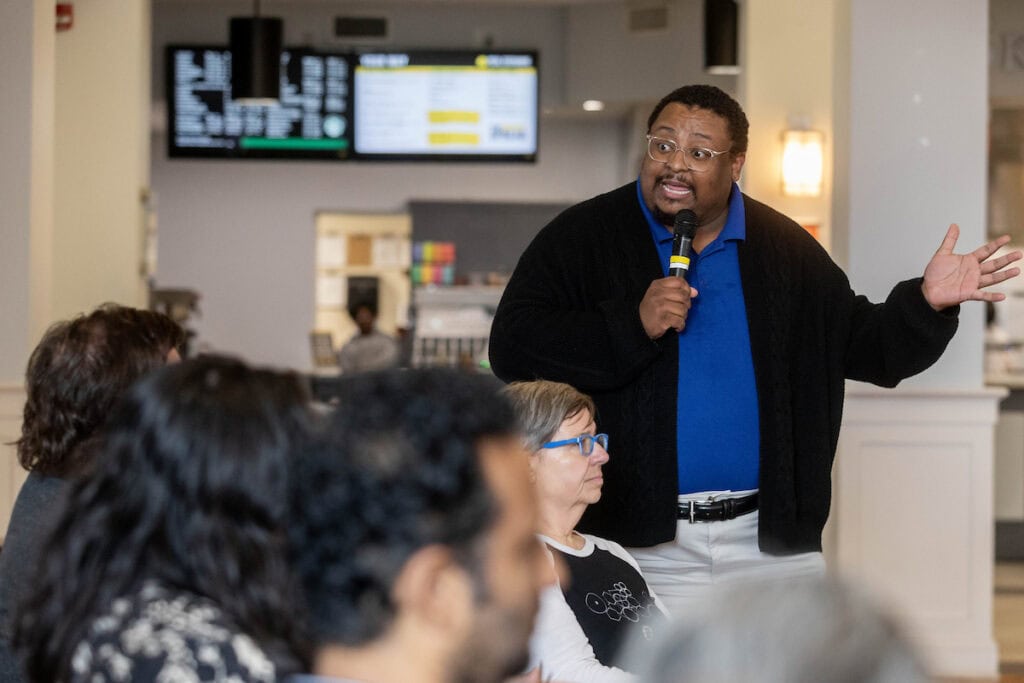
Charles E. Gibson III speaks during an on-campus event.
Gibson centers his work on several guiding principles, with educational equity and grace at the forefront. Grace is important when approaching difficult conversations and allows for open, productive dialogue—“interaction with difference,” as Gibson put it.
“We want people to be culturally competent and able to interact with other cultures without fear,” he said. “And we want them to know how to do it appropriately.”
A liberal arts environment is the ideal place to foster those skills.
“Students are able to have a wide range of perspectives from which to view things,” he said. “Those conditions really allow for the cultivation of critical thinking in a way that’s unique. That’s really important—allowing people to develop the ability to critically analyze, to not take things at face value.
“A lot of people have preconceived notions about what my work entails and who I serve,” he added. “My goal is for everyone to see themselves in the work.”
Tags: Eugenia Livings Welburn '95 Fellows Program, Hermina W. Hendricks Gathering Place, Intercultural Center, Vita Fall 2024